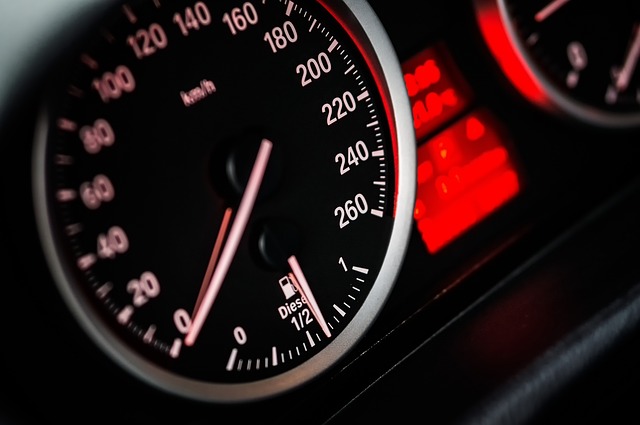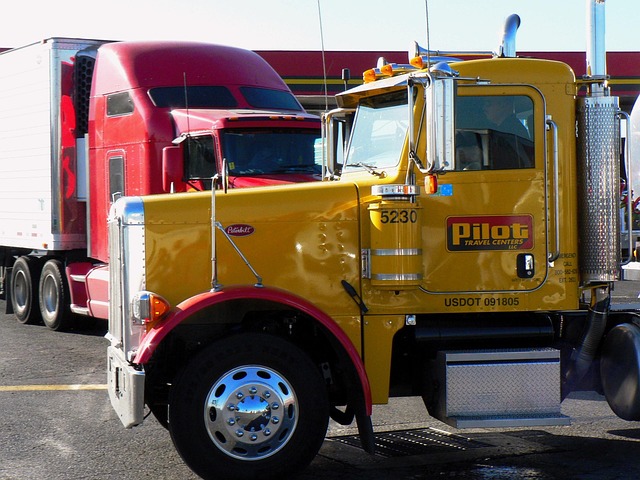Looking to register your car in California? This comprehensive guide breaks down the process step-by-step. First, understand the eligibility requirements for car registration in California, ensuring your vehicle meets state standards. Gather essential documents, including proof of ownership and insurance. Visit a DMV location, where you’ll verify your Vehicle Identification Number (VIN) accurately using a dmv vin verifier. Complete and submit registration forms correctly to finalize the process.
- Understand Eligibility Requirements for Car Registration in California
- Gather Necessary Documents for Car Registration
- Visit the DMV: Steps to Register Your Vehicle
- Verify Vehicle Identification Number (VIN) Accurately
- Complete and Submit Car Registration Forms Properly
Understand Eligibility Requirements for Car Registration in California

Before you begin the registration process, it’s crucial to understand if your vehicle meets California’s eligibility requirements. To register a car in California, you must own a vehicle that is legally imported and meets all safety standards set by the California Department of Motor Vehicles (DMV). Your car needs to have a valid emissions test certificate, also known as a smog certificate, which confirms it emits at least 75% less pollution than federal standards.
Additionally, the DMV requires a Vehicle Identification Number (VIN) verifier, like those provided by trusted third-party services or through a mobile vin inspection, to verify your vehicle’s history and ensure it’s not stolen or has any outstanding issues. Make sure you have all necessary documents, including proof of ownership, insurance, and identification, on hand for a seamless registration experience at your local DMV office.
Gather Necessary Documents for Car Registration

Before you begin the registration process, it’s crucial to gather all the essential documents for car registration in California. The key document is the Vehicle Identification Number (VIN) verifier, often provided by your auto dealer or available through a DMV vin verifier. This unique code is critical for identifying your vehicle and ensuring its history is accurately verified.
Additionally, you’ll need to present proof of insurance, a valid driver’s license, and the title (or proof of ownership) for the car. For a seamless process, consider using a mobile vin verification service or conducting a vin inspection early on. This step not only simplifies matters but also ensures that your vehicle is road-ready and in good standing with California’s regulations.
Visit the DMV: Steps to Register Your Vehicle

To start the registration process for your car in California, visit your nearest Department of Motor Vehicles (DMV) office. The DMV is responsible for issuing vehicle registration and license plates. Bring along all necessary documents, including proof of ownership, a valid driver’s license, and any required fees. A key step in this process involves utilizing a DMV vin verifier to ensure the vehicle’s identification number (VIN) is legitimate and matches the details on file.
At the DMV, you’ll need to complete application forms for registration and provide information such as your personal details and vehicle specifications. Once your application is approved, they will issue you a registration certificate and license plates. If you prefer a more convenient option, some mobile vin verifiers offer services that allow you to conduct a VIN inspection remotely, ensuring another layer of accuracy in the registration process.
Verify Vehicle Identification Number (VIN) Accurately

To ensure a smooth car registration process in California, start by verifying your Vehicle Identification Number (VIN) accurately. This unique 17-character code is a crucial piece of information that identifies your vehicle. Use a reliable DMV VIN verifier or mobile vin inspection tool to cross-check the number against official records. An accurate VIN is essential as it helps in determining the vehicle’s history, including any previous owners and reported accidents, which are all factors considered during registration.
Incorrectly entering or misreading the VIN can lead to delays or even rejection of your registration application. As such, take the time to double-check the number using a mobile vin verification service before proceeding with the registration. This simple step can save you valuable time and potential headaches later in the process.
Complete and Submit Car Registration Forms Properly

When registering your car in California, proper completion and submission of the relevant forms are crucial. The California Department of Motor Vehicles (DMV) provides all the necessary paperwork, which includes a Vehicle Registration Application and a Title Transfer Form if applicable. Ensure that every section is accurately filled out, starting with providing the exact make, model, and year of your vehicle. Also, include the unique identifier, known as the Vehicle Identification Number (VIN), which can be verified using a DMV VIN verifier or even through a simple mobile vin inspection to ensure accuracy.
The forms require specific details such as your full name, address, and contact information. Double-check that all entered data is correct and current. If you’re transferring ownership, additional steps are needed, including presenting the seller’s signature on the Title Transfer Form, which can be facilitated with a mobile vin inspection to streamline the process. Always follow the guidelines provided by the DMV to avoid delays or errors in registering your vehicle.
Registering a car in California is a straightforward process, but understanding the requirements and gathering the right documents is key. By following these steps, including verifying your Vehicle Identification Number (VIN) accurately using a trusted DMV VIN verifier, you can ensure a smooth registration experience. Remember to complete all forms correctly to avoid delays and have your vehicle legally registered in no time.
